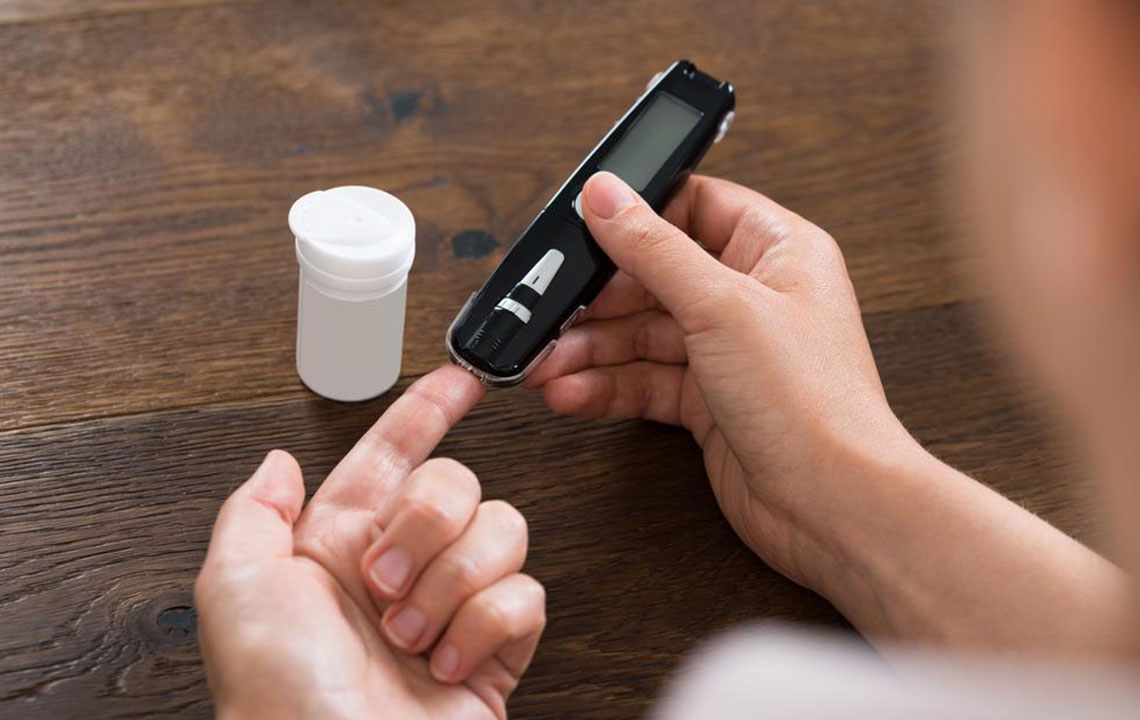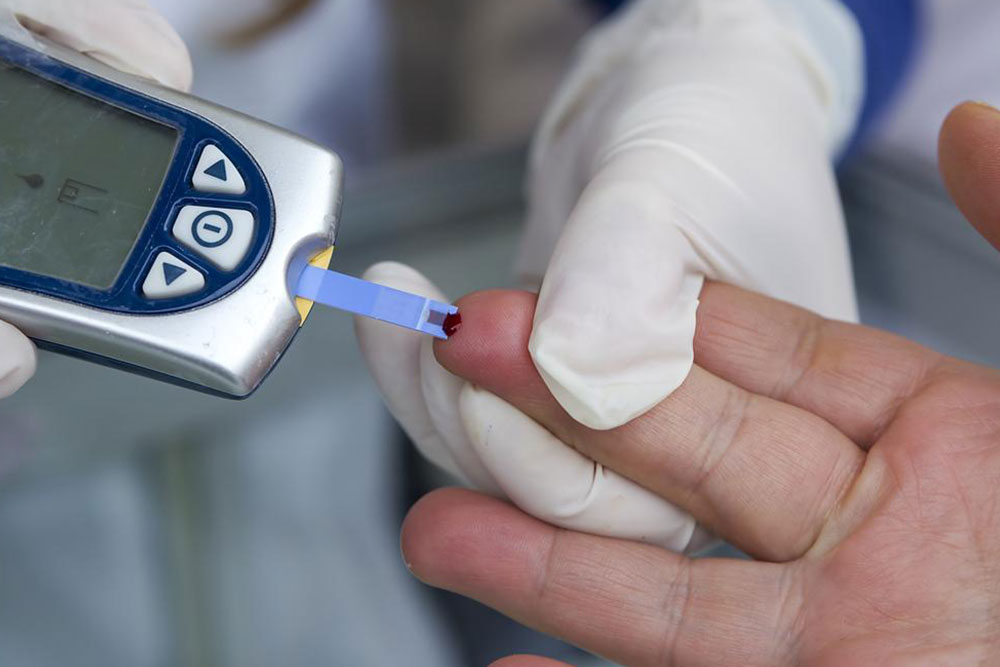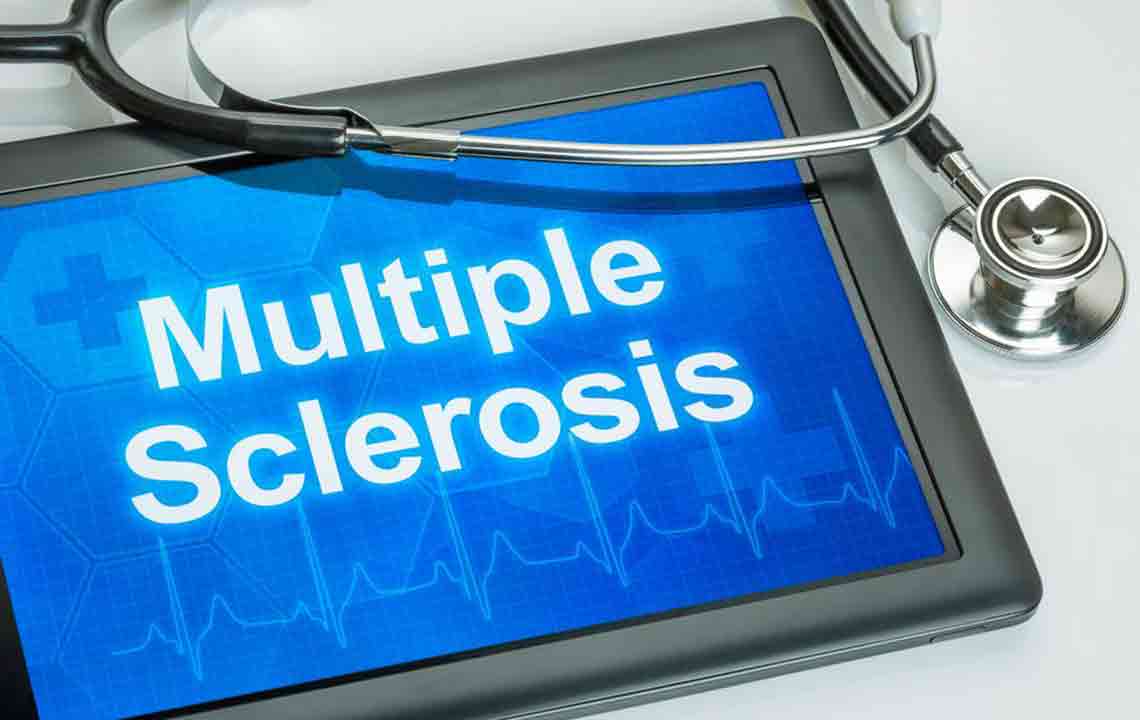Effective Strategies for Identifying and Differentiating Diabetes Types
Learn how to identify and differentiate between Type 1 and Type 2 diabetes through symptoms and essential blood tests. Understand their causes, development, and treatment options to manage and prevent complications effectively.
Sponsored

Diagnosing diabetes and determining its specific type relies on recognizing distinct patterns and symptoms. Traditionally, young patients needing insulin injections have been classified as having Type 1 diabetes, while overweight individuals with insulin resistance were identified as Type 2. However, symptoms can overlap, making diagnosis more complex. Both forms show elevated blood sugar levels but differ in their origins and progression. Accurate diagnosis involves specific blood tests to distinguish between the two types effectively.
Type 1 diabetes, often diagnosed in childhood, is characterized by the absence of obesity and higher ketone levels in blood tests. Treatment primarily involves insulin therapy via injections or pumps. In contrast, Type 2 diabetes typically affects individuals over 30 who are overweight and exhibits symptoms like high cholesterol and blood pressure. It can often be managed with medication and lifestyle changes.
Type 1 diabetes results from autoimmune destruction of pancreatic beta cells, leading to insulin deficiency and dependence. Early detection through blood tests such as A1C and fasting glucose is vital. Conversely, Type 2 develops gradually due to insulin resistance, stressing beta cells until insulin production diminishes. Early diagnosis enables effective treatment, reducing risks of long-term organ damage from uncontrolled blood sugar levels.






